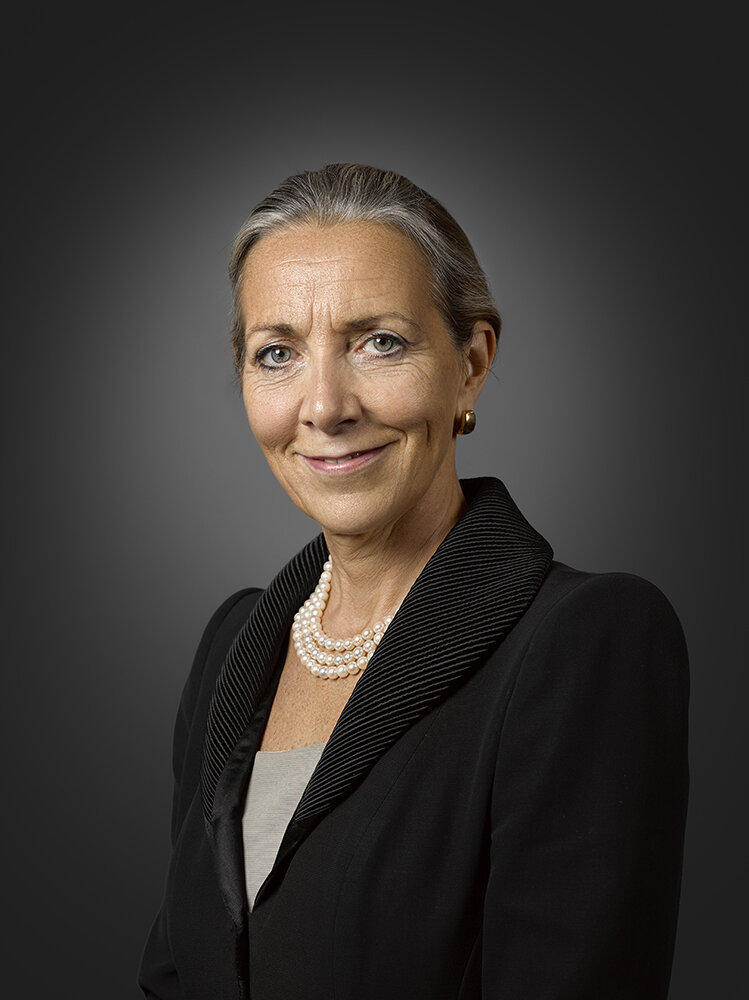Political leaders have always understood the power of portraiture. Holbein's 1537 Whitehall mural of Henry VIII – richly dressed, broad-shouldered, legs spread wide – exudes authority and virility (even if the king no longer possessed them by then). And Ingres's 1806 painting of Napoleon, sceptre in hand on the throne, makes the newly crowned emperor look invincible.
Since the early 20th century, photographs of political leaders have largely taken over from paintings. In totalitarian regimes, they remain hagiographical, celebrating the wisdom, beauty and humanity of dictators. In democracies, they are more even-handed. A leader can still hope to be flattered: "Be kind to me," Henry Kissinger once pleaded with Richard Avedon. But he (or occasionally she) will be scrutinised from all angles – full-faced, side-on, standing, seated, tearful in the back seat of a car – and it's rare for the cracks and wrinkles not to show. Cecil Beaton's wartime portrait of Winston Churchill in an armchair shows him as grave and authoritative, but also as gruff and impatient: it's clear he hates having to pose.
David Cameron Prime Minister Portrait Sitting (2019) Rory Lewis Photographer (London).
With the advent of the internet, Facebook and 24-hour television news, politicians have other means of putting themselves across to the public. And yet photographs seem to matter to them as much as ever.
Throughout my career I have been commissioned to photograph a great deal of Political Portraiture. From local councillors to MP’s, Members of the House of Lords and Prime Ministers. With the General Election on the horizon I thought it would be interesting to write a blog post about those politicians I have worked with over the years.
One of the most challenging sittings of my career, was to capture a portrait of former Prime Minister David Cameron. Serving as Prime Minister of the United Kingdom from 2010 to 2016. Brexit has been a challenging time in British Politics, resulting in David Cameron’s resignation. There is a great deal of tension in the UK about Brexit and very mixed feelings about David Cameron as a modern figure in history.
My idea was to capture Mr Cameron as a meditative Statesmen. I explained my ideas to Mr Cameron and he was pleased with the mood board and style of portraiture I wanted to evoke. The session took place in June of this year and from a short sitting of around 30 minutes, I directed David to assume a series contemplative and thoughtful expressions. David was indeed an easy sitter, inquisitive and delightful to work with.
David Cameron Prime Minister Portrait Sitting (2019) Rory Lewis Photographer (London).
Mr Blair served as Prime Minister of the United Kingdom from 1997 to 2007. The third Prime Minister of my career, it was an exciting prospect to capture his Portrait.
In preparation I began by examining the work of other portrait photographers who had captured Mr Blair. I also skimmed through his book and watched old Parliamentary debates on Youtube. Research enables me to gain insight into my sitters their profile, character and even hobbies. This helps when speaking and engaging with prominent subjects. Sittings like these don’t last more than 20 minutes. It was important to break the ice and develop an understanding of Mr Blair prior to the session.
Prime Minister Tony Blair, (2019) Rory Lewis Photographer (London).
Seeking inspiration for the sitting, I took a great deal from my session with David Cameron. Opting to capture Mr Blair as a contemplative statesmen. Looking back and looking directly to camera, we worked through a series of thoughtful poses. I found Blair to be an extraordinary sitter. Speaking about his career, I was able to direct Mr Blair as he mediated on the past. One of my aims as a portraitist is to record the figures of our time, and this sitting certainly represents living history.
Baron William Hague PC, FRSL Rory Lewis London Portrait Photographer 2019
Iain Duncan Smith MP, Rory Lewis London Portrait Photographer 2019
Secretary of State for Education Gavin Williamson CBE MP Rory Lewis London Portrait Photographer 2019







